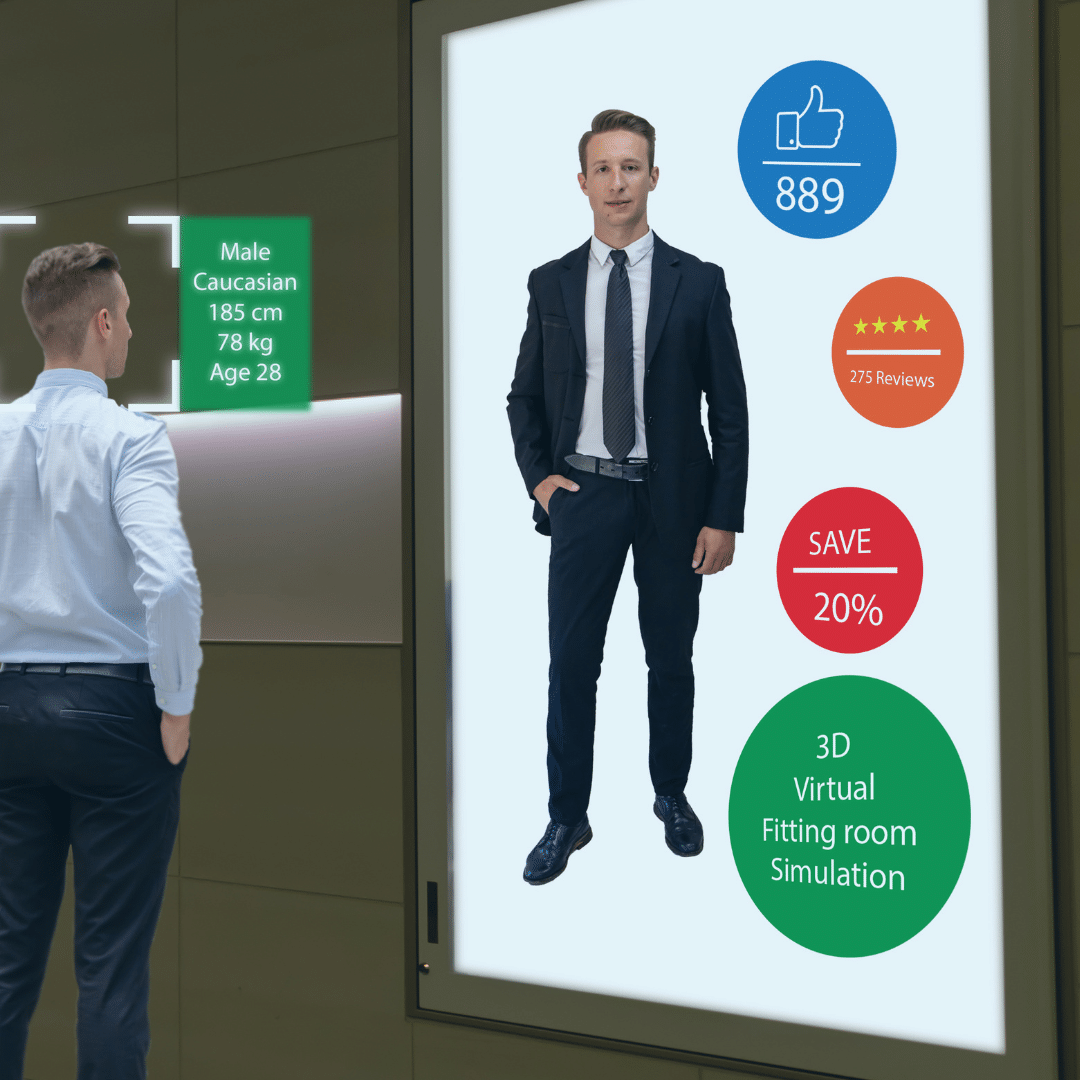Digital Signage in the Modern Digital Infrastructure Landscapes

In today’s increasingly connected world, digital signage has become a critical component of the digital infrastructure landscape. Businesses and organizations are leveraging the power of digital signs to enhance communication, engage audiences, and create immersive experiences.
From static displays to dynamic experiences: Digital signage has come a long way from traditional static signage. Today, businesses can harness the versatility of digital displays to deliver engaging and interactive content utilizing high-definition screens, vibrant visuals, and dynamic multimedia capabilities.
The rise of cloud-based content management: With the creation of cloud computing, digital signage has embraced the benefits of remote content management. Cloud-based platforms allow businesses to centrally manage and update content across multiple digital signs, eliminating the need for manual intervention. This flexibility enables real-time messaging, targeted advertising, and seamless content synchronization across locations.
Integration with data analytics: Digital signage is not just about displaying captivating visuals; it’s also a valuable source of data. Through integration with data analytics tools, businesses can gather insights into customer behavior, engagement metrics, and content performance. This analytics help refine messaging strategies, personalize experiences, and optimize the impact of digital signage campaigns.
Interactivity and personalization: Modern digital signage goes beyond one-way communication. Interactive touch screens, gesture recognition, and mobile integrations enable users to actively engage with the content. By offering personalized experiences and interactive features, digital signs create memorable moments, increase customer satisfaction, and drive brand loyalty.
Seamless integration with the built environment: Digital signage seamlessly blends with the physical spaces it occupies. Whether in retail environments, transportation hubs, or corporate settings, digital signs complement architectural aesthetics, enhance wayfinding, and create immersive brand experiences. The integration of digital signage into the built environment highlights the importance of design, functionality, and user experience.